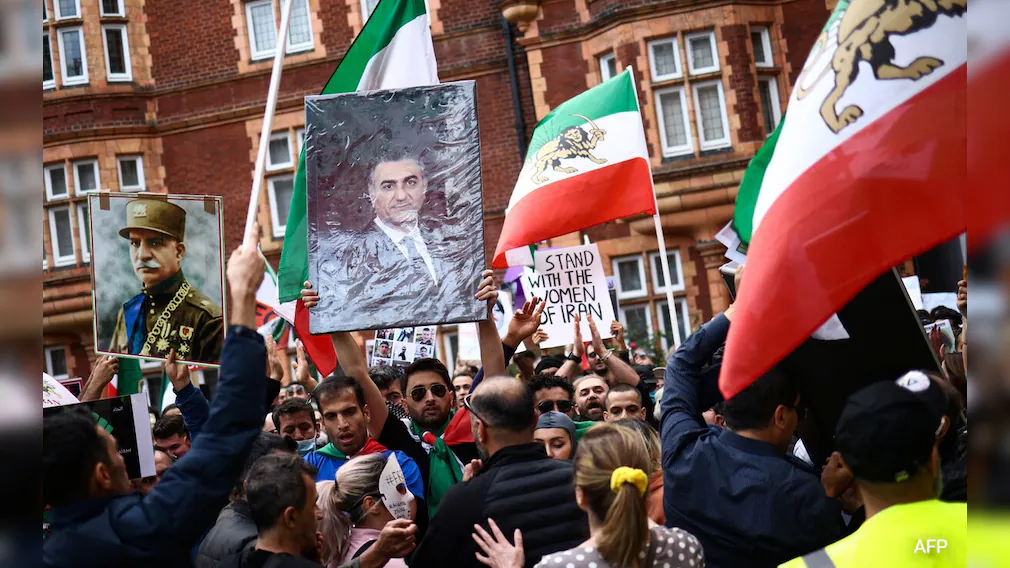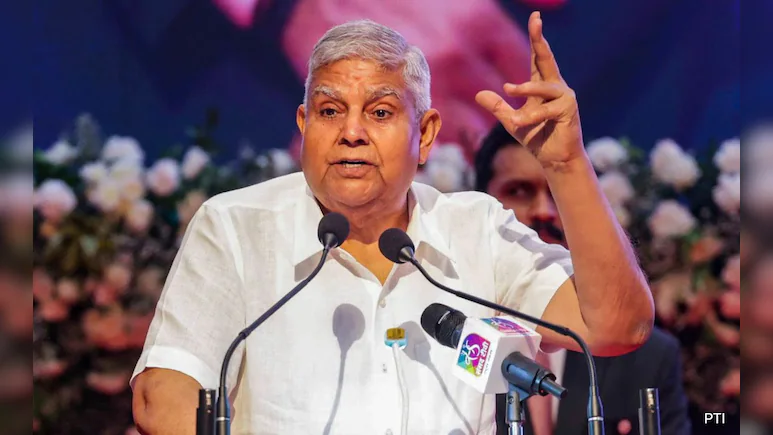Once again, the idea of regime change in Iran is making headlines. What initially began as an Israeli military operation targeting Iran’s nuclear facilities quickly escalated into a broader political mission. Israeli Prime Minister Benjamin Netanyahu began releasing video appeals directed at the Iranian people, stating that Israel’s quarrel was not with them, but with their rulers. Soon after, former U.S. President Donald Trump echoed similar sentiments on Truth Social, stating:
“It’s not politically correct to use the term ‘Regime Change,’ but if the current Iranian regime is unable to MAKE IRAN GREAT AGAIN, why wouldn’t there be a Regime change??? MIGA!!!”
The military confrontation intensified. Missiles and drones were exchanged between Iran and Israel, before the U.S. intervened—striking three key Iranian nuclear sites, including the heavily fortified Fordow facility. Although the success of these strikes remains under review, the 12-day war concluded with a U.S.-brokered ceasefire.
Who Wants Regime Change—and Where?
Following the ceasefire, jubilant scenes emerged from Tehran. Far from demanding regime collapse, many Iranians were celebrating the end of conflict. Most calls for regime change, interestingly, came from outside the country. Among them, the most vocal is Prince Reza Pahlavi II, heir to the deposed Shah.
My own Iranian-American friend comes to mind. Now in her sixties, divorced and a single mother, she detests the current regime—but detests Israel even more. Not due to anti-Semitism (she has Jewish friends), but due to what she perceives as Israel’s provocation in the region and treatment of Palestinians. The first time I met her at the Delhi airport, I saw something revealing: every woman stepping off the Mahan Air flight from Tehran instantly removed her hijab upon entering the terminal—my friend included.
Despite her strong disdain for Iran’s theocracy, she blames Western interference for the rise of such regimes in the first place. And she is not alone. Her son and his peers—educated and progressive—also criticize the regime, especially its regional adventures: financing and arming Hamas, Hezbollah, the Houthis, and various militias in Iraq, while millions of Iranians suffer under economic sanctions and joblessness. They believe Iran should support Palestine, yes—but not through war and proxies. Their message is clear: Reform, not monarchy. Change, not chaos.
Iranians Are Pushing for Change—On Their Terms
There’s growing evidence that Iranians are seeking change from within. Last year’s presidential election saw voters lean toward Massoud Pezeshkian, a reformist who advocated for civil liberties. This came on the heels of nationwide protests following the death of Mahsa Amini and growing pushback against strict dress codes and religious mandates.
In cities like Tehran, many Iranians now secretly practise yoga, engage in Western dancing, or convert to other religions—privately. Upon returning from trips abroad, they resume the public facade required by the Islamic Republic. But beneath the surface, a quiet revolution is underway.
Why Forced Regime Change Is a Bad Idea
Despite these desires for reform, foreign-imposed regime change is a dangerous gamble. The past two decades offer a bleak track record:
-
In Afghanistan, the U.S. toppled the Taliban—only to hand power back to them after 20 years of war.
-
In Iraq, regime change based on false WMD claims gave rise to ISIS and strengthened Iran’s influence.
-
In Syria, the fall of Assad led to massacres of minorities and empowered extremists, with an ISIS-linked leader now heading the interim government.
-
In Libya, Muammar Gaddafi’s ouster led to civil war and further ISIS expansion across North Africa.
These examples show that regime change by foreign powers rarely brings democracy or stability. Instead, it plunges nations into chaos, creating power vacuums and humanitarian disasters.
Iran Is Not Iraq or Libya
Iran is fundamentally different. It’s a vast, educated nation with a strong national identity and a relatively cohesive state apparatus. Its government, while repressive, is not a minority rule like that of Saddam Hussein or Assad. Supreme Leader Ayatollah Khamenei is a deeply polarizing figure, but he still commands institutional loyalty.
Moreover, many Iranians still associate the West with betrayal and interference:
-
The CIA-backed 1953 coup that overthrew Prime Minister Mossadegh.
-
Support for the Shah’s dictatorship, which led to the Islamic Revolution.
-
The Iran-Iraq War, where the West backed Saddam.
-
And today, backing Israel in its regional aggression.
In this context, military strikes and assassinations, however targeted, often feel like attacks on the nation, not just its regime—prompting citizens to rally around their leaders despite personal dissatisfaction.
No Clear Alternative Exists
A critical point: those pushing for regime change offer no viable replacement. Prince Reza Pahlavi is seen as out of touch, disconnected from everyday Iranian struggles. Calls for monarchy restoration ring hollow for a population that remembers why the Shah was overthrown in the first place.
And replacing a regime without a coherent plan creates more problems than it solves. Iran’s ethnic minorities—Kurds, Baloch, and Azeris—could push for autonomy or secession, potentially destabilizing the broader region, including Pakistan, Turkey, Azerbaijan, and the Gulf states. Even India could feel the ripple effects.
Let Change Come from Within
If there’s one success story from the region, it’s Tunisia—the lone democracy to emerge from the Arab Spring. Why did it work there? Because Tunisians led their own transformation, not outsiders. They created a system grounded in their own society and values.
Iran’s future must follow a similar path. The desire for change is real—but it must be Iranian-led, organic, and rooted in the nation’s own socio-political fabric. Any Western-led effort, no matter how well-meaning, risks deepening instability, strengthening extremists, and discrediting reformers.
Conclusion: It’s About the Nation, Not the Regime
The recent conflict has exposed Iran’s internal fractures—but also highlighted the resilience of its people. If there is to be a new chapter in Iran’s history, it must be authored by Iranians themselves. Real change cannot be imported through airstrikes or video messages.
It must grow from the ground up—from classrooms, homes, elections, and protests.
That is the only regime change that has a chance of lasting.





